Prayerful Churches: Wells Cathedral
Continuing on from Buckfast Abbey (see July issue), our bus tour took us to Wells Cathedral (about 25 km south of Bristol) for our lunch stop.
Our first glimpse of Wells Cathedral was across a green, and it was truly impressive. Built in an early gothic style, with square towers rather than spires, it stood squat and very solid in the landscape (see cover photo). Dating from the 13th century, it has a timelessness about it that began to install a sense of awe.
Next to the Cathedral is the Vicar’s Close, completed in 1363 to house the men of the choir, it is the oldest continuously occupied street in Europe. Stepping through the archway into the Close can only be described as a’WOW’ moment.
I anticipated that the church proper would show some sign of age, but it did not. Built of light-coloured stone, there was light flooding in from many stained glass windows. The ceiling was reminiscent of Buckfast church I described last month, and urged me to look up and give glory to God.
Dominating the nave were scissor arches, and set in the top arch was Christ on the Crucifix with Mary and John on pedestals, watching Jesus die. In the photo I have moved the two supporting figures closer to the Cross for effect, but there was no denying their beauty.
The windows drew me into the church. The west window featured the transfiguration, but was dominated by steel mesh that took away its beauty. The east window, called the “Jesse Window” was very much from the days when common people could not read, and so the story was told in a series of small cartoon-type insets in huge windows. Readers who have been to Chartres Cathedral in France will know what I mean.
The crowning glory for me was one of the apse windows, made up of glass pieces from windows broken by bomb blast during WWII - no pattern, but a blaze of colour. The remainder of the windows were more conventional, probably dating from the mid-twentieth century.
The overall effect of all this was a sense of history that started with the Vicar’s Close, coupled with the centuries of prayer evident in the church and finished with the Jesse Window. My wife sat while I wandered, and then we sat together in perfect peace until it was time to go.
In the words of the Cathedral’s welcome leaflet “Its calm and light atmosphere restores busy souls and minds and never ceases to inspire believers and non-believers alike.”

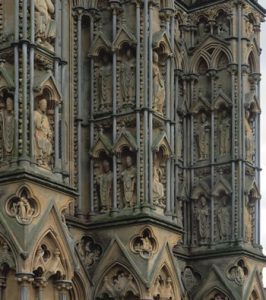
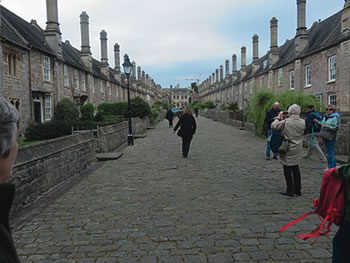
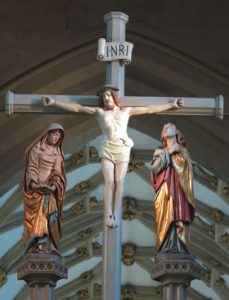
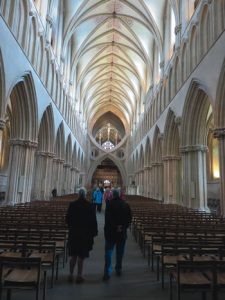
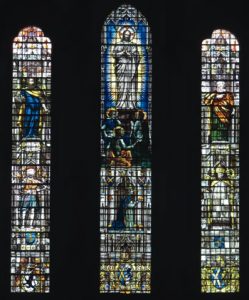
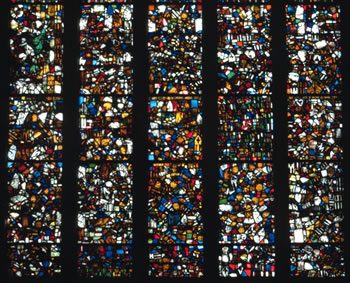
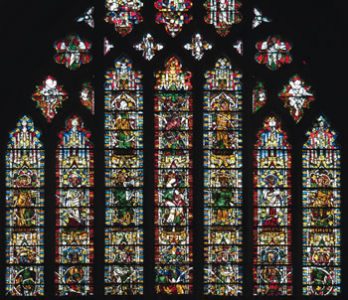
 Entries(RSS)
Entries(RSS)